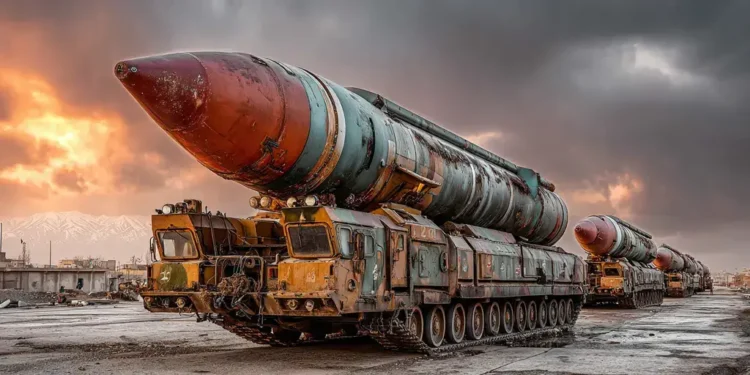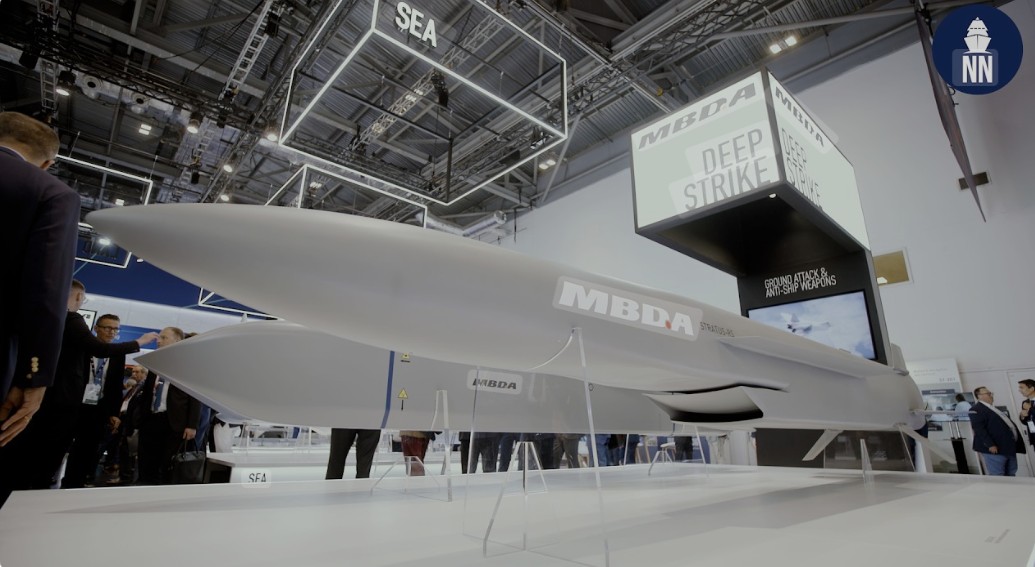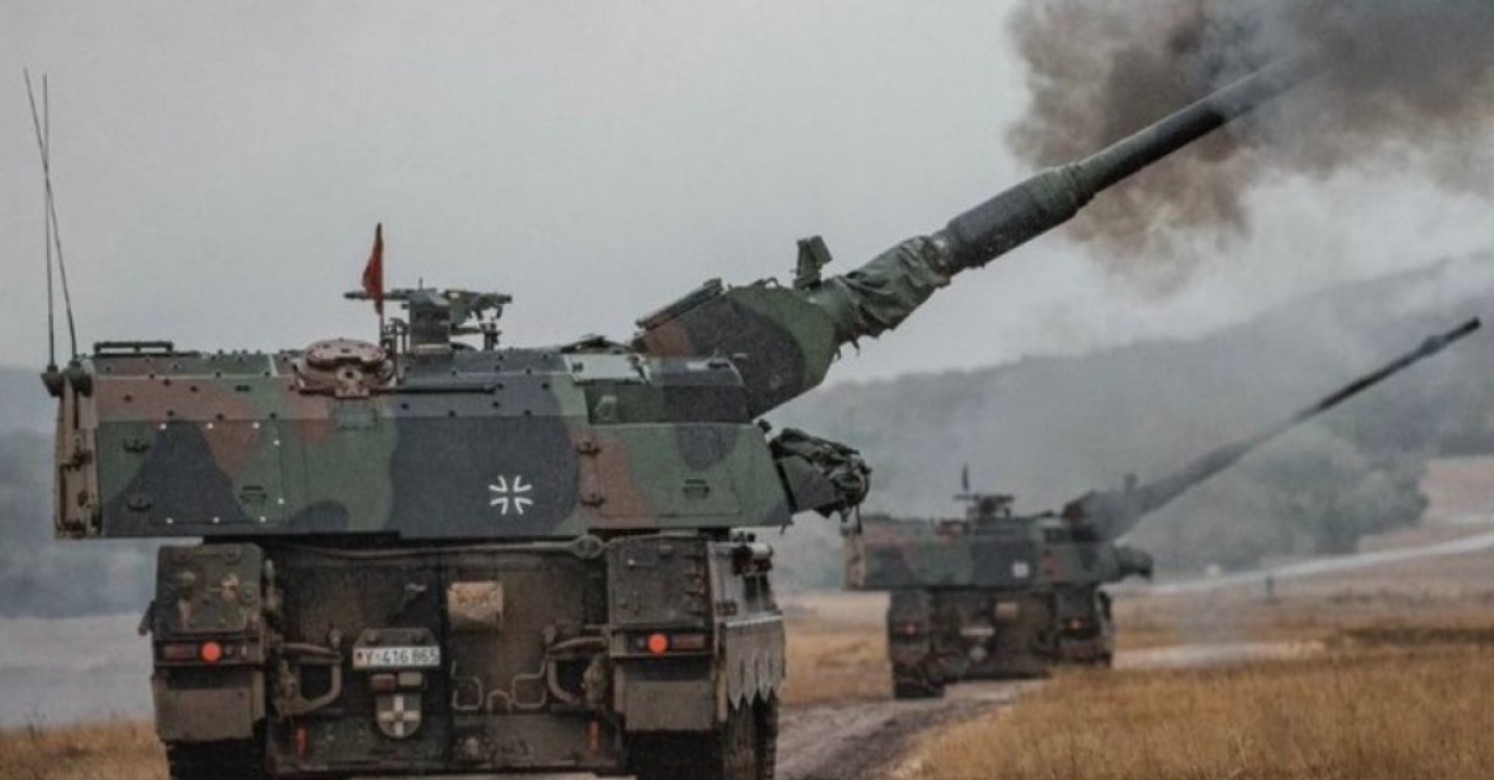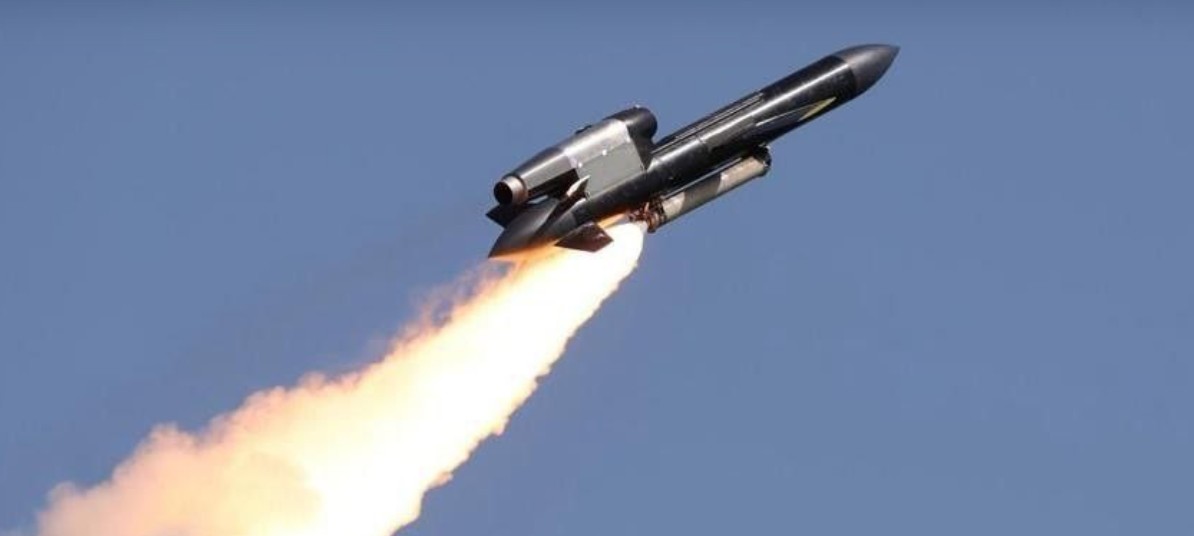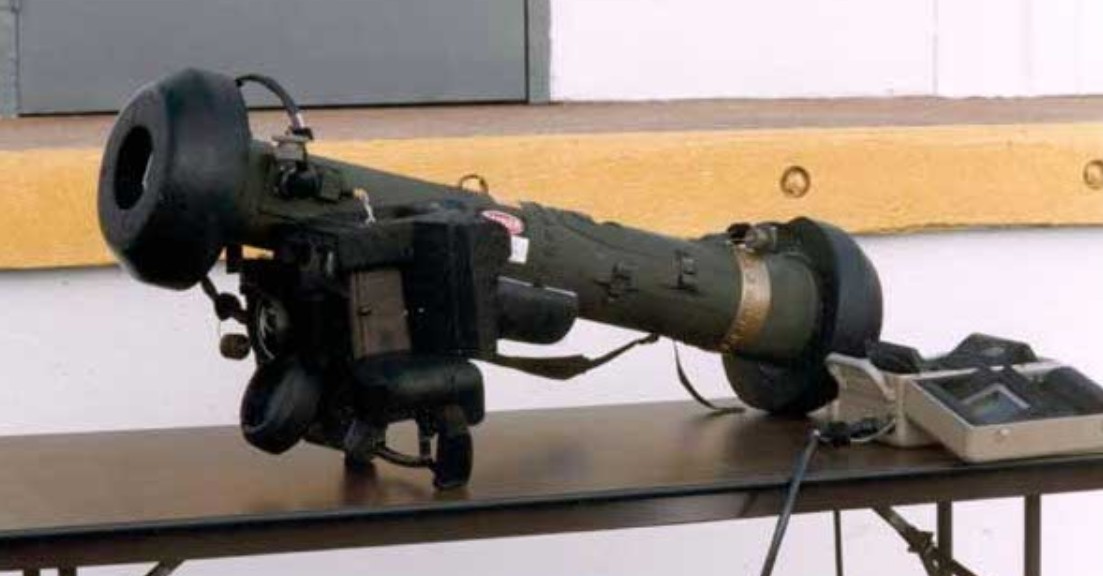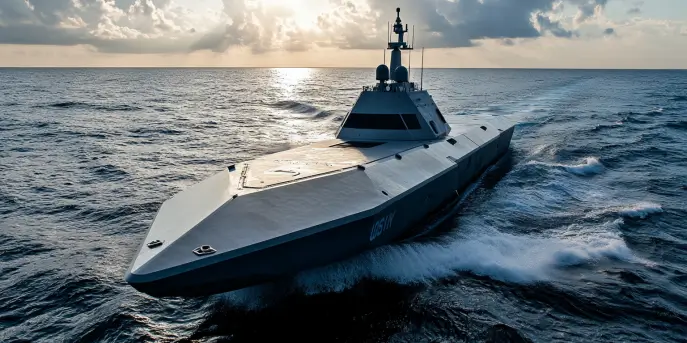Iran has strategically developed its arsenal to assert its influence in the region and beyond. With a focus on self-sufficiency, especially due to international sanctions, Iran’s military capabilities have been a topic of global interest. This article explores some of the most powerful weapons in Iran’s military inventory, underscoring their significance to national defense and regional dynamics.
1. The Sejjil Missile
The Sejjil is a medium-range ballistic missile (MRBM) that represents a leap in Iran’s missile technology. It is a two-stage solid-fuel missile with a range of approximately 2,000 kilometers, sufficient to reach targets in most parts of the Middle East. Solid-fuel technology allows for quicker launch readiness and increased mobility, making the Sejjil difficult to detect and intercept.
2. The Fateh-110 Missile
The Fateh-110 is a short-range ballistic missile (SRBM) known for its accuracy and agility. It has been continuously upgraded since its introduction, enhancing its guidance systems and payload capabilities. With a range of 300 kilometers, it is a tactical weapon focused on precision strikes.
3. Karrar Unmanned Combat Aerial Vehicle (UCAV)
Iran’s Karrar UCAV stands as a testament to its advancements in drone technology. Designed for both surveillance and attack missions, the Karrar can carry a variety of munitions. Its autonomous operation and long endurance make it a versatile instrument in Iran’s military operations, capable of engaging targets with minimal risk to personnel.
4. Qader anti-ship Cruise Missile
The Qader missile system is a key component of Iran’s anti-access/area denial (A2/AD) strategy in the Persian Gulf. With a range of up to 300 kilometers, the Qader is capable of striking enemy vessels with precision. It serves as a deterrent against naval encroachments and underscores Iran’s intent to maintain security in its territorial waters.
5. Zolfaghar Ballistic Missile
Another significant addition to Iran’s ballistic missile family is the Zolfaghar. With a range of approximately 700 kilometers and equipped with a cluster warhead, this missile highlights Iran’s focus on constructing deterrent capabilities. Its operational versatility reflects Iran’s strategic priorities to counter perceived threats in the region.
6. S-300 Surface-to-Air Missile System
Acquired from Russia, the S-300 system enhances Iran’s air defense capabilities significantly. This highly mobile system can track, target, and destroy incoming aircraft and ballistic missiles across a range of about 200 kilometers. It represents a crucial layer in Iran’s integrated air defense network.
| Weapon | Category | Range | Special Features |
|---|---|---|---|
| Sejjil Missile | Ballistic | 2,000 km | Solid-fuel, quick launch readiness |
| Fateh-110 Missile | Ballistic | 300 km | High precision, tactical focus |
| Karrar UCAV | Drone | N/A | Autonomous operation, multi-role |
| Qader Missile | Anti-ship Cruise | 300 km | Anti-access/area denial |
| Zolfaghar Missile | Ballistic | 700 km | Cluster warhead |
| S-300 System | Surface-to-Air | 200 km | Multi-target tracking |
Iran’s Nuclear Potential
In discussions about Iran’s powerful weapons arsenal, nuclear capabilities inevitably arise. While Iran maintains that its nuclear program is for peaceful purposes, its potential for weaponization remains a global concern. The country’s adherence to and compliance with international non-proliferation treaties continues to be a pivotal factor in regional and global security discussions.
Overall, Iran’s military assets play a strategic role in its national defense doctrine. These weapons symbolize Tehran’s technological advancements and its focus on self-reliance. As the geopolitical landscape evolves, Iran’s military capabilities, combined with its strategic doctrines, remain central to assessing future dynamics in the Middle East.
